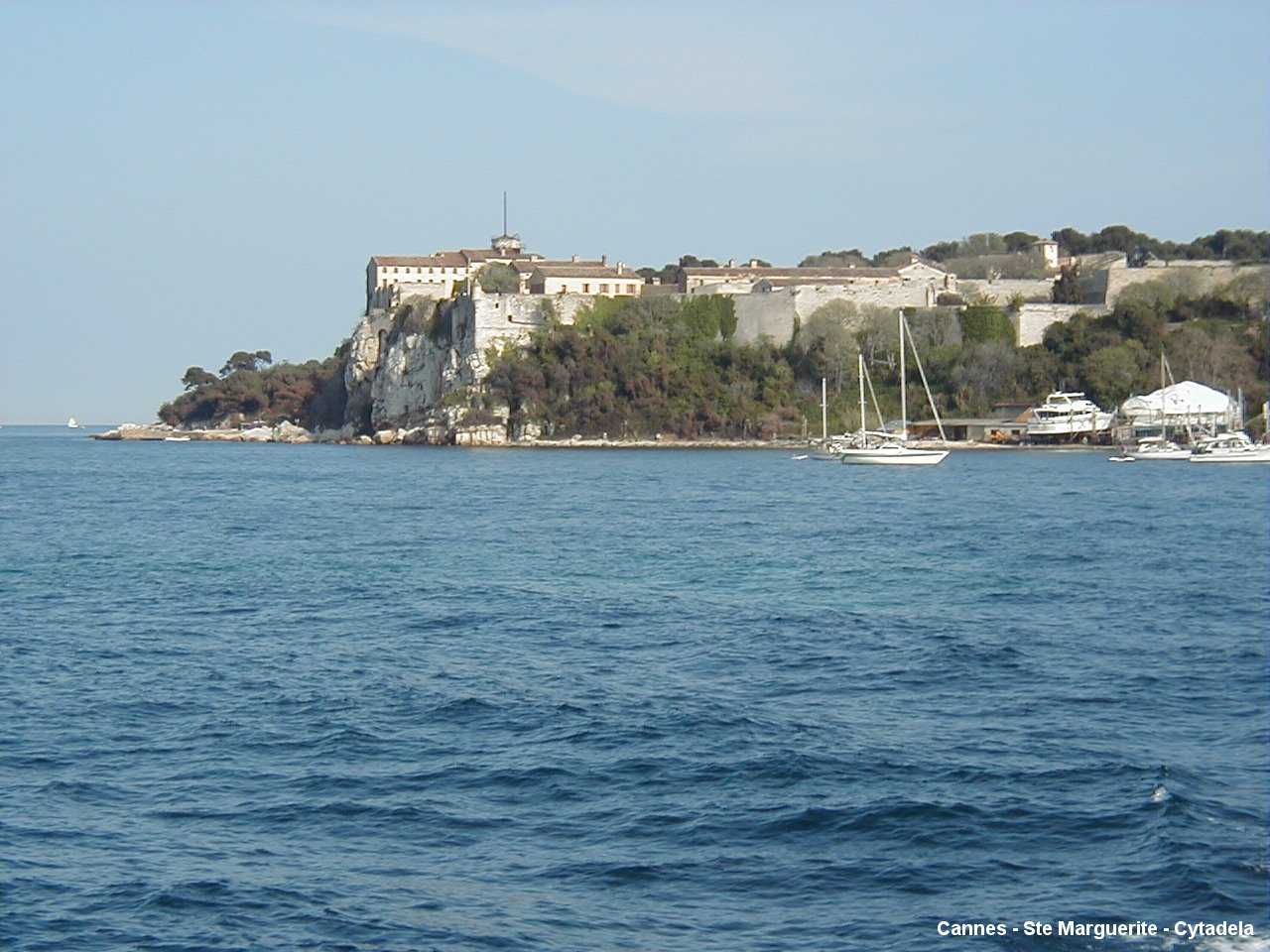|
Background:
The concept of pharmacokinetic enhancement (boosting) is not new. To do so,
ritonavir (RTV) is increasing used for boosting and maintaining plasma
concentrations of other protease inhibitors (PI), like indinavir (IDN). RTV
inhibits the key enzymes (cytochrome P450 [CYP] 3A4) that limit the
bioavailability or speed the metabolism of other PI. The sub-therapeutic
dose of RTV (100 mg twice a day) inhibits the metabolism of IDN, resulting
in higher concentrations of IDN than when IDN is administered alone. Using
RTV as a pharmacoenhancer of IDN, it results in increased exposure to the
IDN, higher Cmin levels, prolonged elimination half-lives, as same as
long-term toxicities. Therefore, the incidence of nephrolithiasis, as a
toxic effect of IDN, appears increased when IDV is combined with low-dose
RTV in HIV-infected patients. The objective of this study was to examine the
association with indinavir in the presence of boosting dose RTV and the risk
of incidence nephrolithiasis.
Methods:
Data were obtained from patients continuously monitored for incident
cases of nephrolithiasis at the HIV/AIDS Unit,
a University teaching hospital, Belgrade, Yugoslavia.
The prevalence of nephrolithiasis between groups of
patients on IDN in the presence of boosting doses of RTV (IDN+RTV+) and IDN
without RTV (IDN+RTV-) regimens was compared using the chi-square test. The
probability of developing nephrolithiasis induced with IDN in the presence
of boosting doses of RTV was estimated by the Univariate logistic
regression.
Results:
In a cohort of 49 HIV-infected patients, 12 patients were on IDN+RTV+
and 37 patients were on IDN+RTV- regimens, respectively.
Average follow-up was 4.6 years. During this period
nephrolithiasis developed in 11 (22.45%) patients. Its prevalence was 33.3%
among patients on IDN+RTV+ regimens vs. 18.9% on IDN+RTV- regimens (p<0.005;
df=1). Univariate logistic regression shown that the risk
of nephrolithiasis is 3.66-fold grater when IDN was used with RTV as a
pharmacoenhancer (RR=3.66;
95%CI 0.96-14.05).
Conclusions:
This study suggest that indinavir use with ritonavir in boosting doses
increase the risk of developing nephrolithiasis than when indinavir is
administered alone and suggest the importance of managing this side effect. |
